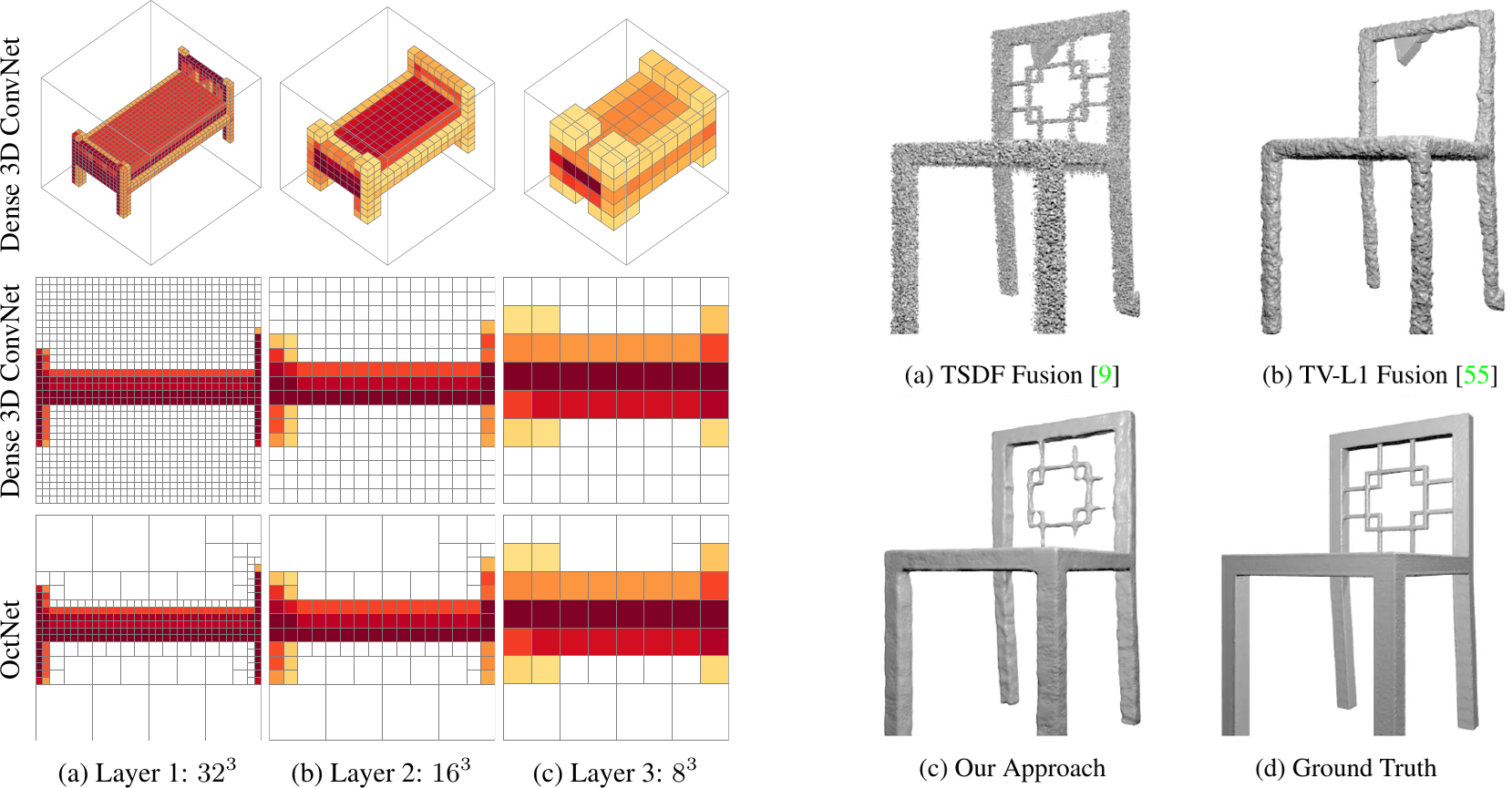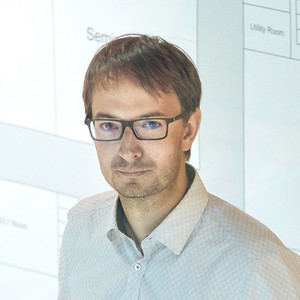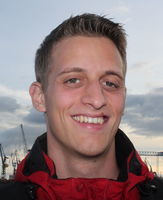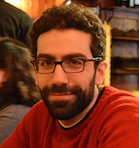Human Pose, Shape and Action
3D Pose from Images
2D Pose from Images
Beyond Motion Capture
Action and Behavior
Body Perception
Body Applications
Pose and Motion Priors
Clothing Models (2011-2015)
Reflectance Filtering
Learning on Manifolds
Markerless Animal Motion Capture
Multi-Camera Capture
2D Pose from Optical Flow
Body Perception
Neural Prosthetics and Decoding
Part-based Body Models
Intrinsic Depth
Lie Bodies
Layers, Time and Segmentation
Understanding Action Recognition (JHMDB)
Intrinsic Video
Intrinsic Images
Action Recognition with Tracking
Neural Control of Grasping
Flowing Puppets
Faces
Deformable Structures
Model-based Anthropometry
Modeling 3D Human Breathing
Optical flow in the LGN
FlowCap
Smooth Loops from Unconstrained Video
PCA Flow
Efficient and Scalable Inference
Motion Blur in Layers
Facade Segmentation
Smooth Metric Learning
Robust PCA
3D Recognition
Object Detection
Efficient volumetric inference with OctNet

3D deep learning techniques are notoriously memory-hungry, due to the high-dimensional input and output spaces. However, for most applications, not all areas of space are equally informative or important. In order to allow deep learning techniques to scale to spatial resolutions of 256³ and beyond, we have developed the OctNet framework [].
In contrast to existing models, our representation enables 3D convolutional networks which are both deep and high resolution. The data-adaptive representation using unbalanced octrees allows us to focus memory allocation and computations to the relevant dense regions.
With OctNetFusion [], we present a learning-based approach to depth fusion, i.e. to dense 3D reconstruction from multiple depth images. We present a novel 3D CNN architecture that learns to predict an implicit surface representation from the input depth maps, and is additionally able to infer the structure of the octrees representing the objects at inference time.
Members
Publications


